Why Burnt Food Sticks to Cookware
Burnt food is more than a minor annoyance—it’s a signal of cooking conditions gone wrong. Food burns when:
- High heat breaks down fats and sugars, turning them into a carbonized layer
- The moisture evaporates, leaving solid residues behind
- Poor heat distribution or overcrowding in the pan leads to hot spots
Certain foods—like eggs, sugar, and starches—are more prone to burning, especially if not stirred or cooked on high heat.
Types of Cookware and How They React to Burnt Food
Every pan material responds differently when faced with burnt residues:
| Cookware Type | Burn Response | Cleaning Tips |
|---|---|---|
| Stainless Steel | Stains and burn marks; very resilient | Can handle scrubbing and acids |
| Nonstick | Coating may blister if overheated | Use gentle cleaning only |
| Cast Iron | Seasoning may burn off with stuck food | Avoid soap, restore seasoning after |
| Enameled Cast Iron | Prone to discoloration | Use non-abrasive cleaners |
| Copper | Easily scorched; surface may darken | Avoid acids unless lining is safe |
| Aluminum | Soft, reacts with acid and abrasives | Use baking soda over vinegar |
Safety First: What Not to Do When Cleaning Burnt Pans
Before diving into DIY methods, avoid these common cleaning mistakes:
- Don’t use steel wool or metal scrapers on nonstick or coated pans
- Avoid bleach or harsh chemicals, especially with aluminum or copper
- Don’t put hot pans in cold water—this causes warping
- Don’t overheat a pan to burn off food residue—it can damage the surface
Always consider your cookware’s material and coating before applying a cleaning method.
Quick Assessment: Is the Pan Salvageable?
Ask yourself:
- Is the surface warped or cracked?
- Has the nonstick coating peeled or bubbled?
- Is there deep rust or flaking on cast iron?
If the answer is yes to any of these, it may be time to replace the pan. But if the damage is surface-level, read on.
Basic Method: Soaking and Dish Soap
This is your first line of defense—ideal for lightly burnt residues.
Step-by-step:
- Fill the pan with warm water and a few drops of dish soap
- Let it soak for at least 30–60 minutes
- Use a non-scratch sponge or cloth to wipe the loosened bits
- Rinse and repeat if necessary
Use this method before trying anything more aggressive.
Boiling Water + Baking Soda Method
Great for stainless steel and aluminum pans with light charring.
How to use:
- Add 1–2 cups of water to the pan
- Stir in 2 tablespoons of baking soda
- Bring to a boil and let simmer for 10–15 minutes
- Allow to cool, then scrub gently with a sponge
The alkaline solution helps lift stuck-on food without damaging the surface.
Vinegar + Baking Soda Technique
This method uses a natural chemical reaction to bubble away burnt bits.
Instructions:
- Pour enough vinegar to cover the bottom of the pan
- Heat on medium until it begins to simmer
- Remove from heat, add 2 tbsp baking soda (expect fizz)
- Let sit 15 minutes, then scrub with a nylon brush
Safe for stainless steel and enamel, not ideal for cast iron or raw aluminum.
Salt Scrub for Stubborn Residue
Salt acts as a gentle abrasive that works well on cast iron and carbon steel.
Steps:
- Sprinkle a generous layer of coarse salt in the pan
- Add a few drops of oil
- Use a cloth or scrub pad to scour
- Wipe clean with a paper towel
Avoid using water during this method—it’s intended to preserve seasoning while cleaning.
Dryer Sheet Soak (Non-Abrasive Hack)
This hack may surprise you, but it works on moderate food buildup—especially in nonstick or enamel pans.
How it works:
- Fill pan with warm water
- Place a dryer sheet in the water
- Let soak for 1–2 hours
- Remove sheet and scrub with a soft sponge
The softeners in the sheet help loosen grime without chemicals or abrasives.
Dishwasher Tablet Cleaning Method
Great for stainless steel and enameled cookware.
How to use:
- Add hot water to the pan
- Drop in a dishwasher detergent tablet
- Let soak for an hour
- Use the softened tablet itself as a scrubber if needed
⚠️ Do not use this on nonstick, cast iron, or uncoated aluminum.
Aluminum Foil Ball Scrub
This method provides a mild abrasive cleaning option that’s great for tougher residues—ideal for stainless steel and uncoated pans.
How to use it:
- Tear off a sheet of aluminum foil and crumple it into a loose ball
- Sprinkle the burnt area with a few drops of dish soap or water
- Gently scrub the surface using the foil ball in circular motions
- Rinse well and dry thoroughly
⚠️ Do not use on nonstick, copper, or enameled pans, as foil can damage delicate surfaces.
Oven Cleaner for Burnt Stainless Steel (Advanced Use Only)
If all else fails and your stainless steel pan is still coated in blackened grime, oven cleaner may help—but only with care.
Steps:
- Take the pan outdoors or to a well-ventilated area
- Spray a thin layer of oven cleaner on the burnt surface
- Let sit for 30–60 minutes
- Scrub with gloves and a non-scratch pad
- Rinse thoroughly and rewash with hot, soapy water
⚠️ Avoid contact with nonstick or aluminum surfaces. Use this method sparingly and only if other solutions fail.
Cast Iron Special Instructions
Cleaning cast iron requires special care because it has a protective seasoning layer that can be stripped with harsh chemicals.
To Remove Burnt Food from Cast Iron:
- Let the pan cool slightly
- Scrape off burnt food with a plastic scraper or wooden spatula
- Add coarse salt and a bit of water or oil
- Scrub with a cloth or chainmail scrubber
- Rinse, dry immediately, and reapply a thin layer of oil
Avoid soap unless absolutely necessary, and never soak cast iron pans in water.
Nonstick Pan Cleaning Without Ruining the Coating
Nonstick coatings (like Teflon or ceramic) are especially sensitive and can be damaged by abrasives or heat.
Safe Cleaning Tips:
- Use soft sponges and warm, soapy water
- Let the pan soak for an hour before wiping
- Add baking soda paste (baking soda + water) for spot treatment
- Avoid metal utensils, harsh scrubbers, or high heat drying
⚠️ If the nonstick surface is flaking or discolored, it’s time to replace the pan.
Preventive Tips to Avoid Burnt Food Buildup
Preventing burnt food is always better than removing it. Here are effective strategies:
✅ Use the Right Heat Setting
- Match pan size to burner
- Avoid high heat unless searing
✅ Preheat Gently
- Let oil or butter heat gradually before adding food
✅ Deglaze Pans
- Use water, broth, or wine to dissolve stuck bits while cooking
✅ Don’t Walk Away
- Most burning happens when food is left unattended
✅ Clean Promptly
- The longer burnt food sits, the harder it is to clean
Common Mistakes When Cleaning Burnt Pans
❌ Using Metal Scrubbers on Nonstick
This ruins the surface and releases particles into food.
❌ Putting Hot Pans Under Cold Water
This causes thermal shock, potentially warping or cracking the pan.
❌ Overheating to Burn Off Residue
Can damage coatings or base materials permanently.
❌ Using Acid on Sensitive Metals
Vinegar on aluminum or copper can cause pitting or chemical reactions.
Top Tools and Products to Keep on Hand
| Tool/Product | Use Case |
|---|---|
| Nylon Scrub Brush | Safe for all surfaces |
| Plastic Scraper | Best for cast iron and nonstick |
| Chainmail Scrubber | Ideal for cast iron cleaning |
| Baking Soda | Natural abrasive and deodorizer |
| White Vinegar | Acidic cleaner for stainless steel |
| Dish Soap (Grease-Cutting) | Universal degreaser |
| Soft Sponge | Safe option for daily cleaning |
FAQ: Removing Burnt Food from Any Pan
1. Can I use vinegar on every type of pan?
No. Vinegar should not be used on cast iron, aluminum, or copper as it can cause corrosion or discoloration.
2. Is it safe to use baking soda on nonstick pans?
Yes, as long as it’s applied gently with a soft sponge. Avoid scrubbing with abrasive pads.
3. What’s the fastest way to clean burnt food?
The boil-and-scrape method using water and baking soda is effective within 15 minutes and works on most pans.
4. Can I salvage a nonstick pan with black residue?
Only if the coating is intact. If it’s flaking or bubbling, the pan is no longer safe.
5. Will burnt food affect future cooking?
Yes. Burnt residues can create hot spots, alter flavors, and damage pan coatings over time.
6. Is it worth cleaning cheap pans with deep burns?
If the pan is low-quality or warped, it’s often more cost-effective to replace it than spend hours cleaning.
Conclusion
Burnt food on a frying pan doesn’t have to be the end of your cookware. With the right techniques, tools, and patience, you can restore nearly any pan back to a functional, clean state—without scratching, warping, or damaging the surface.
🔑 Final Takeaways:
- Match the cleaning method to your pan type
- Start with gentle techniques before escalating
- Avoid common mistakes like using metal scrubbers or chemical overkill
- Learn to prevent burning through better cooking practices
Burnt pans happen to everyone—even pros. What matters most is how you handle the cleanup and protect your cookware investment.
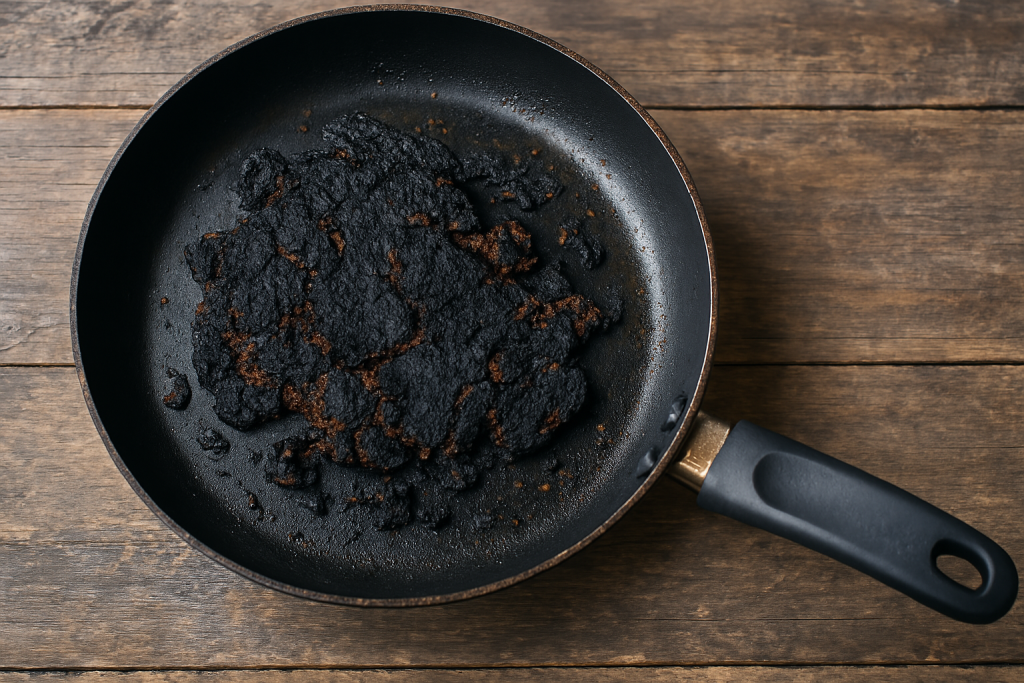

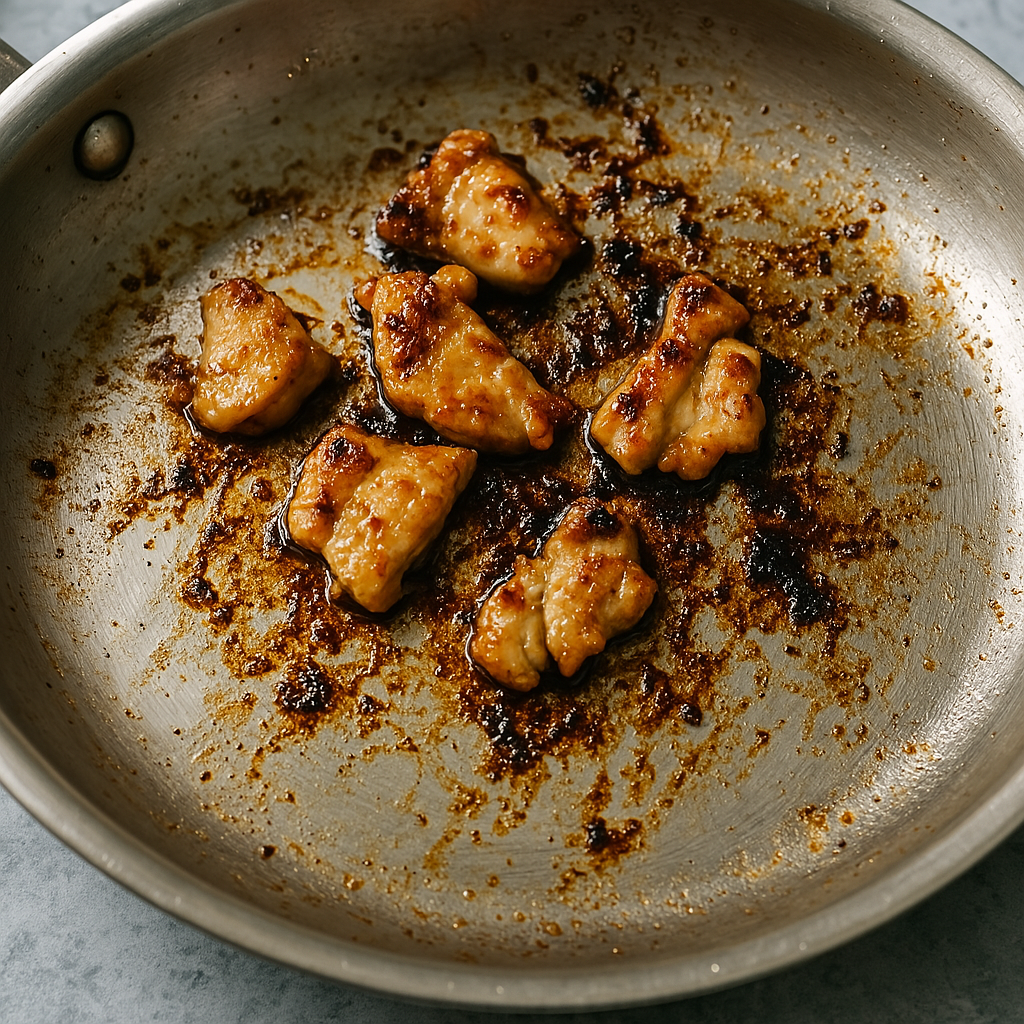
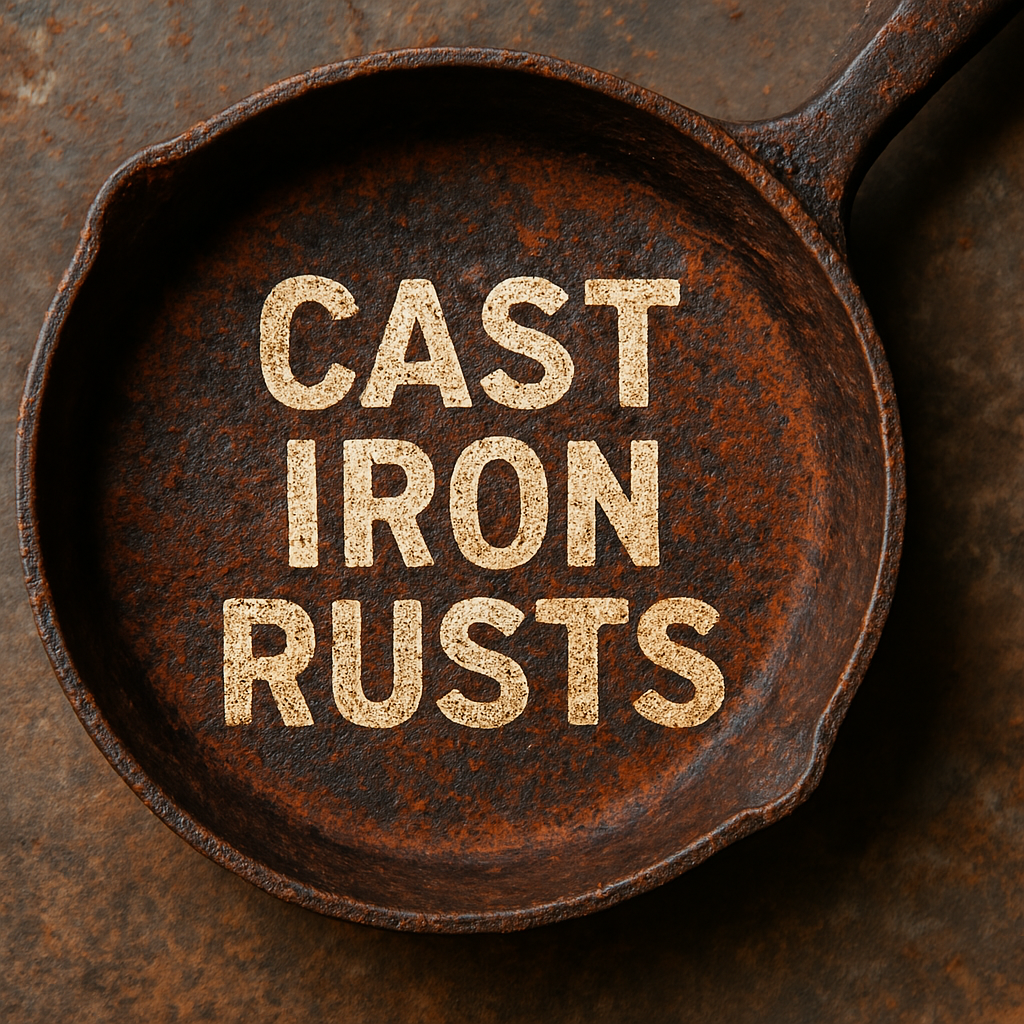
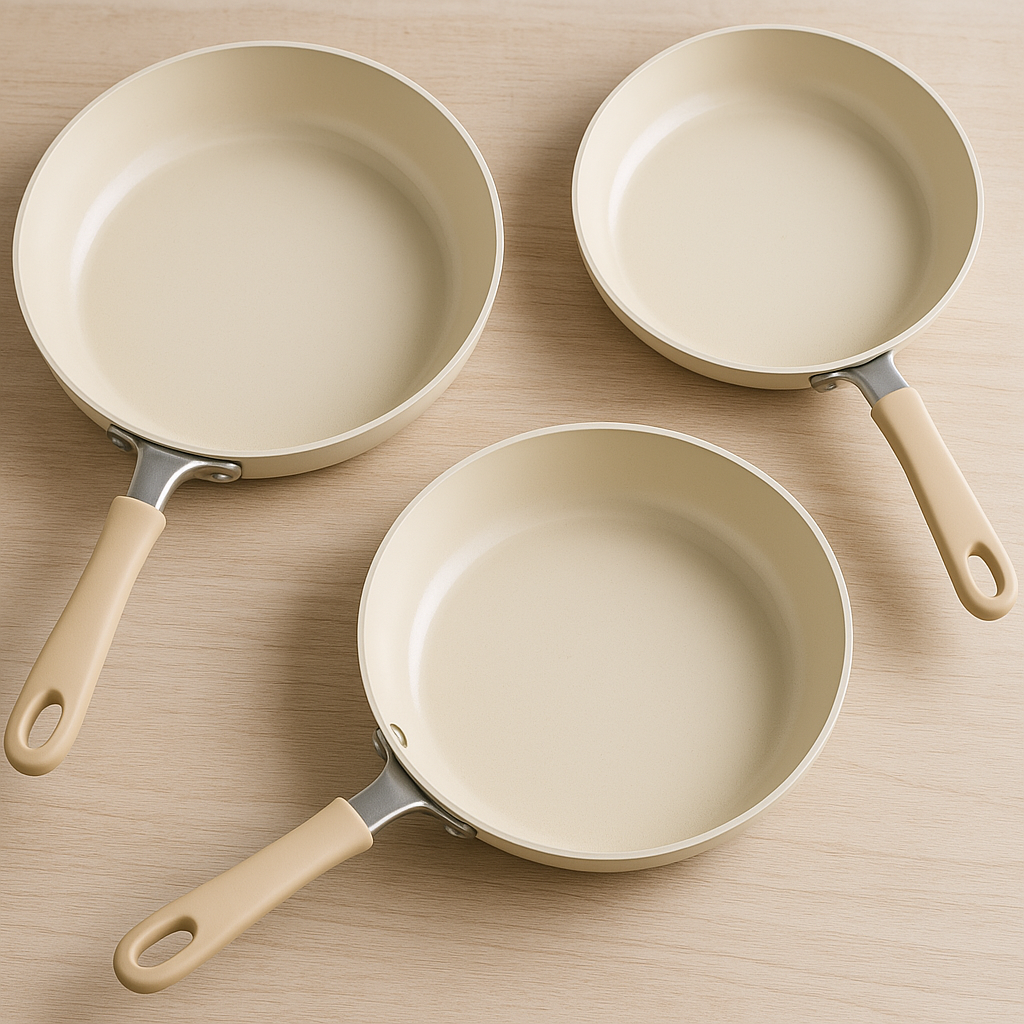
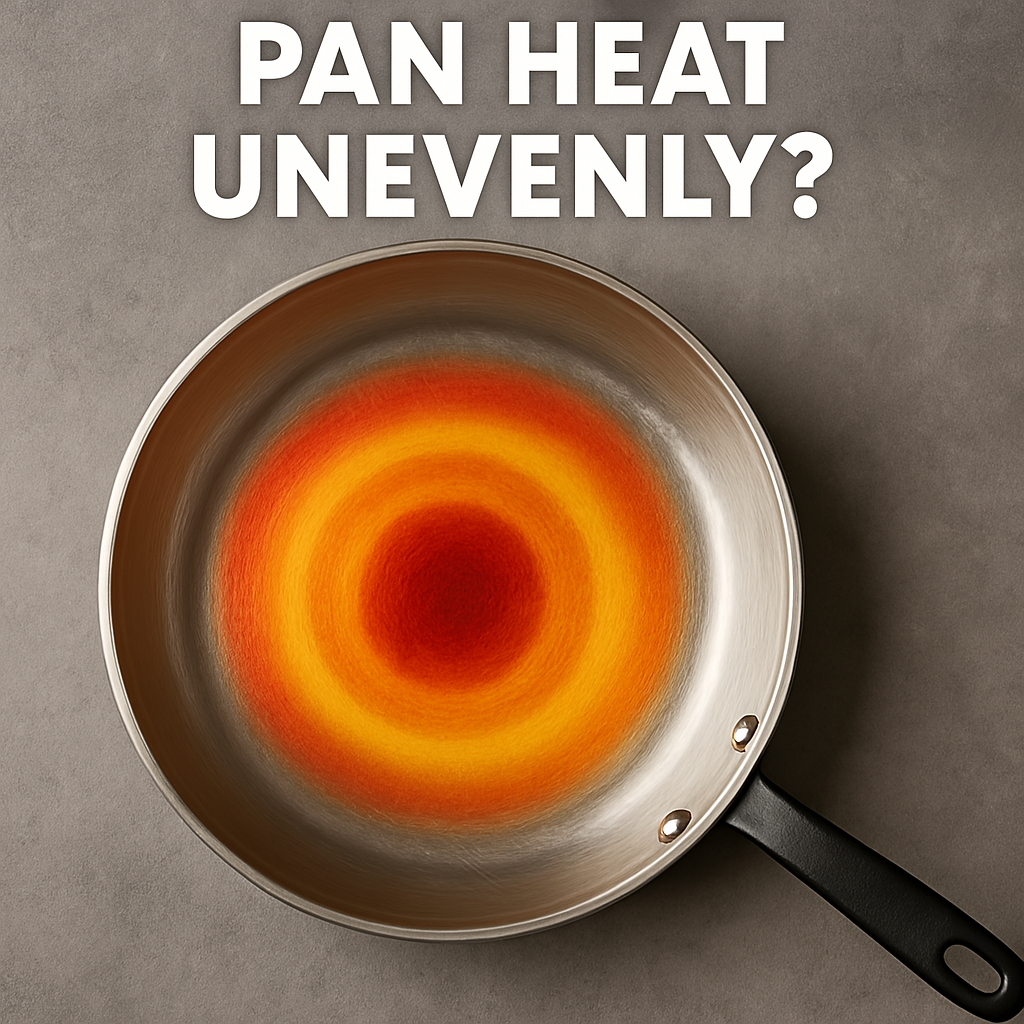
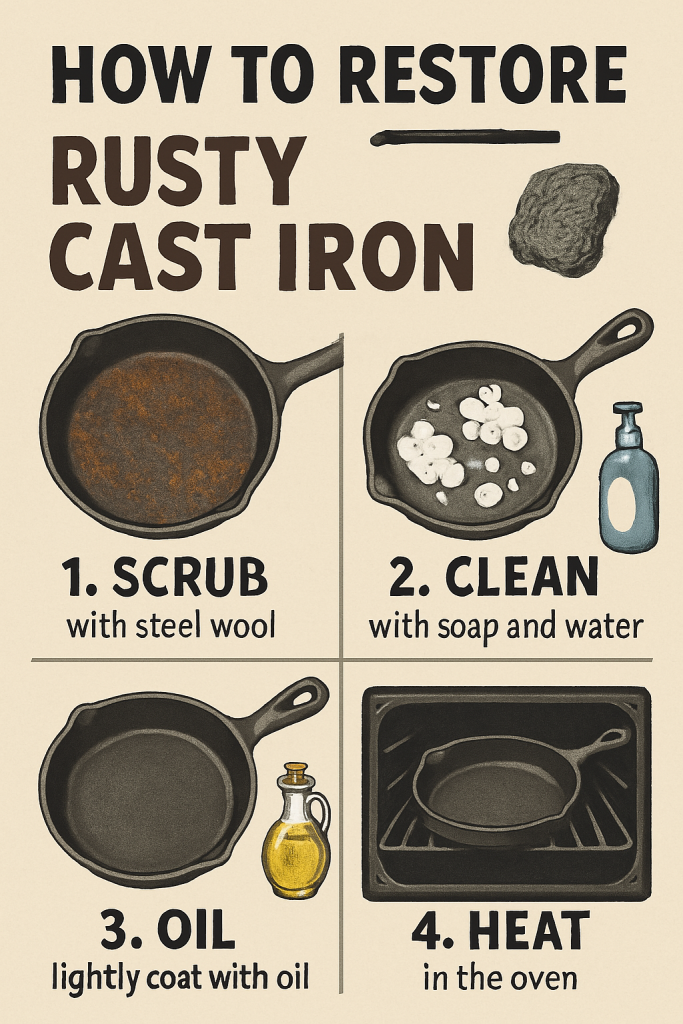
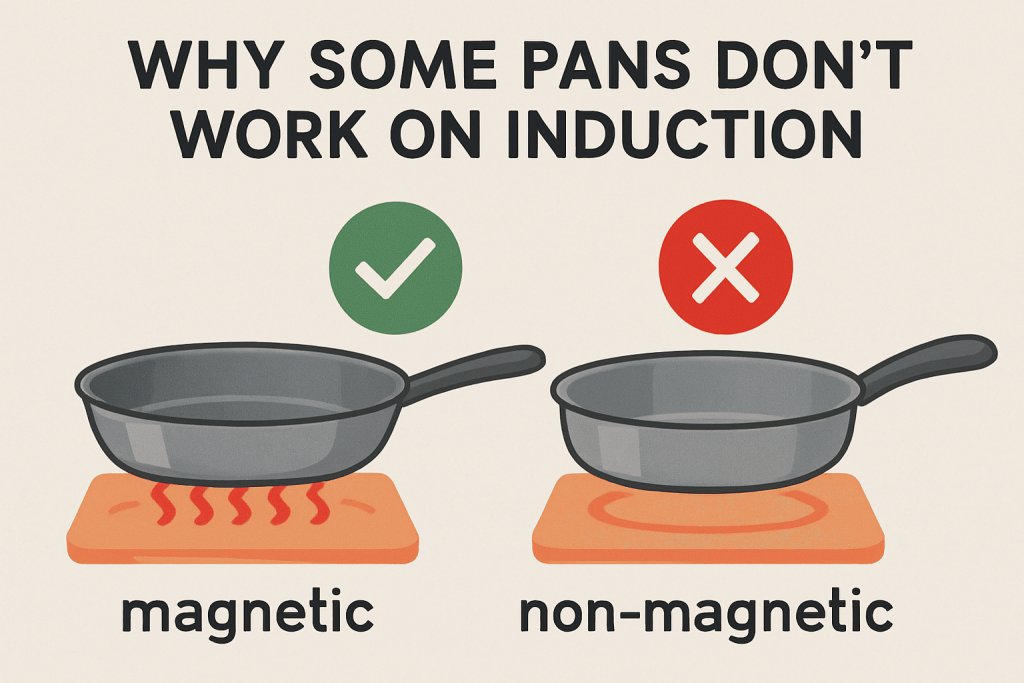
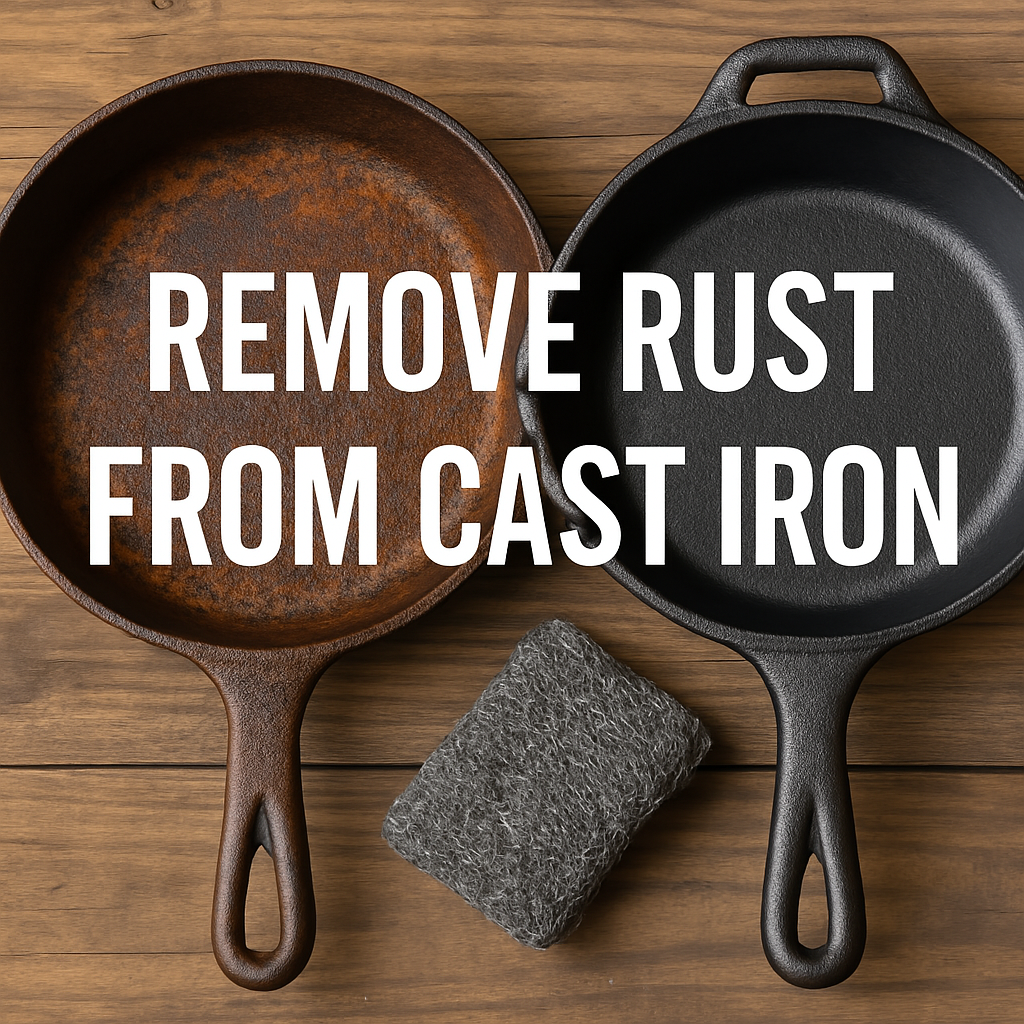
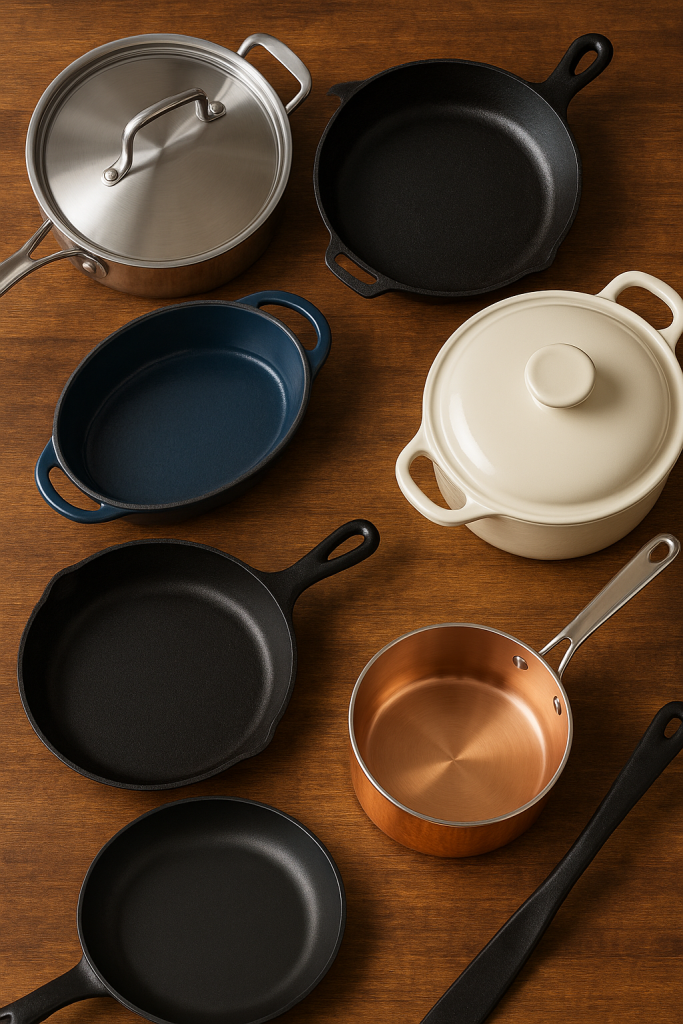
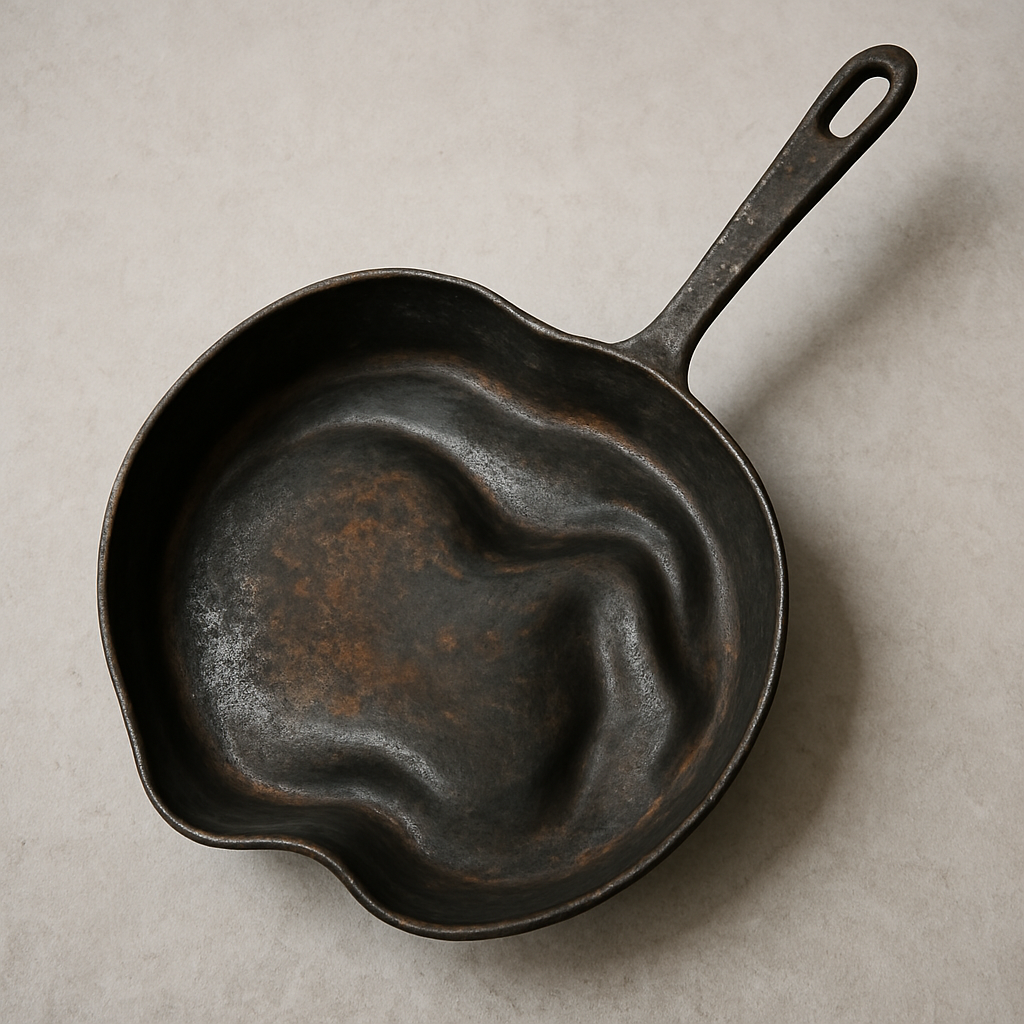
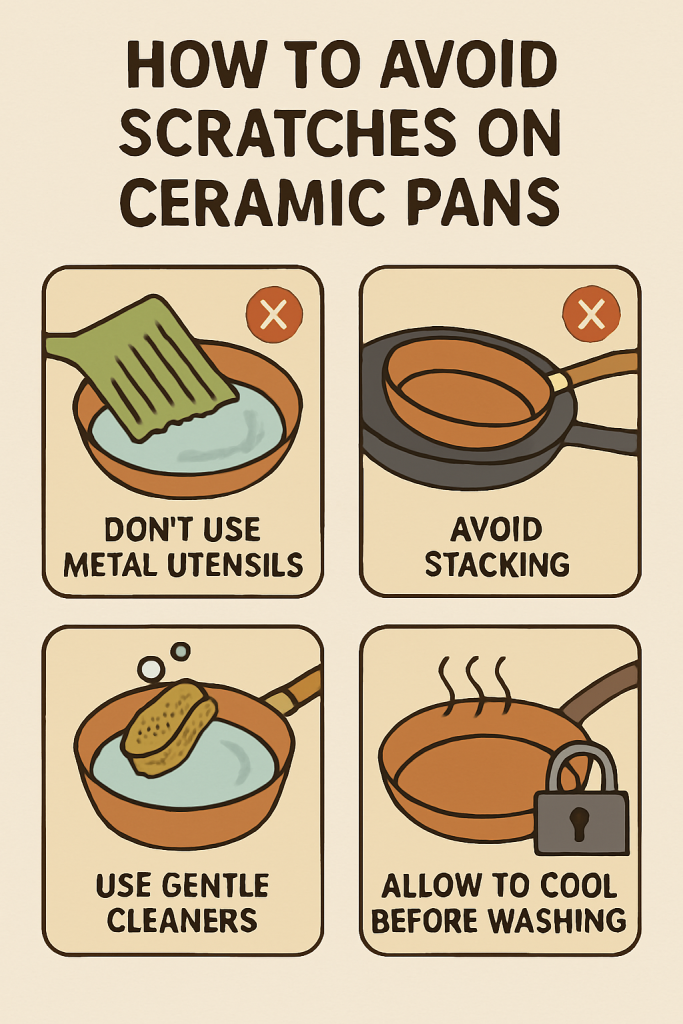
Leave a Reply